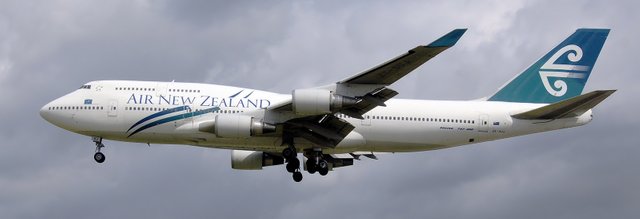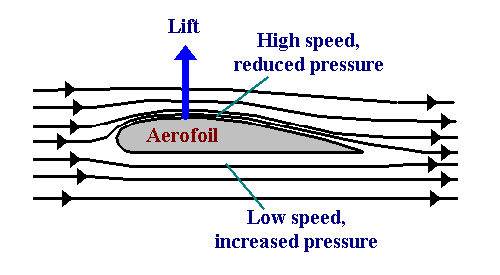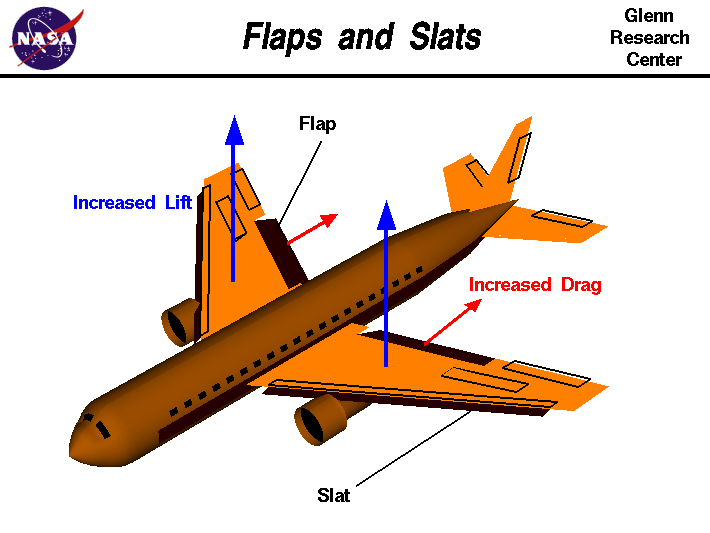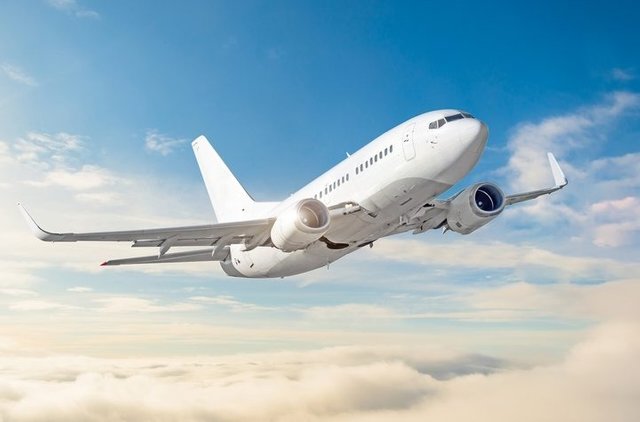Simple Introduction of How to Fly an AIRPLANE
Hi Guys 😎
If we look at airplanes, we can realize that they are not made as a single solid piece. Because, it has many movable parts. The most interesting thing about its various parts is that they take on a unique shape in fluid mechanics. As, I'm an Aeronautical Engineer, I usually refer to it as "Aerofoil shape". By understanding the physics behind this simple shape we can fully understand Aeronautical Physics.
When the airfoil shape moves relative to the air it produces a lift force. Simply, lift force is the power to go up. This lift force helps to fly an aircraft. Larger air speeds also significantly increase the lift.
You can understand that, this airfoil shape seems to like simple curved shape. Interestingly, to make a successful flight, we should use this airfoil principle by controlling along the wing span. Although this airfoil shape is a simple curved shape, it is sufficient to produce a good downwash. Actually, there are two such airfoils. However, there are many more factors that go deeper than this. But I hope to explain this in a very simple way.
There are three ways to increase the lift of an aircraft. If we want to increase the downwash and increase the lift, we should use flaps and slats. If I explain about flaps and slats, the front part of the wing is slat and the back part of the wing is flap. Here I have attached an image to get an idea.
If we want to decrease and increase the lift force respectively, we can move this wing to up and down. Actually, we call it “Ailerons up and down”. Near the tail of the plane, there are two attachments. Those are the rudders and the elevators. To control the vertical force on the tail, we use elevators. And also, to control the horizontal force, we use the rudder.
Now this is the most interesting part of this post, it is the flying part of the flight. We usually known it as " takeoff ". To get the plane off the ground, all you have to do is increase the lift force using various tactics. But, the important part is that we make sure this force is greater than the gravitational pull. For a successful takeoff, we must apply all the three lift increase modes together. It is a mandatory role of a pilot. However, during takeoff, the aircraft operates at full power.
When the speed of the aircraft is high enough and the lift is increased according to flaps and slats, then the airplane is ready for takeoff by activating the elevators upwards.
As long as the pilot controls the power required by the aircraft engine, He can fly the plane to the destination. Although there are many more significant considerations here, I just wanted to give an idea of this process. I hope you were able to get an idea about this. So, I really appreciate your ideas in the comment section.
Thank you for your valuable time.




I learned this from Bernoulli's principle when I was studying my A/Ls. The airfoil shape of the plane creates a pressure difference and that resulted to take off the plane.
Really happy to recall my past lessons. Thanks!
#slbmc
You're most welcome. Thank you for sharing yr idea.
I do remember that I have learnt this theory up to some certain level when I study advanced level subjects. With your experience, it has been well described with relevant photos for better understanding.
My knowledge about this part of engineering is nil, where I only know the uplift of an airplane can be explained using the Bernoulli's principle. The shape of the wings will allow to crate a pressure difference which can push the aircraft up.
#slbmc
Of course you are correct. Thank you for sharing your idea
How an aircraft flies against gravity was always a mystery to me in my childhood days. I also got the chance to learn about Bernuli principle at A/L's while learning physics but it has been forgotten totally by now.
So, thank you for brushing up that knowledge again in a more easy and interesting way. Didn't know about this flap and slat untill now.
#slbmc
Thank you for sharing yr idea.
@reddileep ,
Thanks for shearing engineering post also this group and it is new opening for knowledge.
I remembered one time during traveling air craft my husband was explain about it.
that time I was in window seat and easily can seen flaps are moving.
#slbmc
Thank you for sharing yr experience
You have been upvoted by @damithudaya, A Country Representative from Sri Lanka. We are voting with the Steemit Community Curator @steemcurator07 account to support the newcomers coming into steemit.
Follow @steemitblog for the latest update. You can also check out this link which provides the name of the existing community according to specialized subject.
Interesting post bro, I'm expecting more posts from you regarding this topic... Thanks for sharing your experiences with us...
Of course bro. You're most welcome
Hi @reddileep, I really appreciate your post and it's a different type of a writing I've ever seen in this community. Science and technology is less common in here as I guess. But you have put your effort to bring those facts. Keep going and I hope you will share more scientific stuffs with us...☺️👌🏼
Thank you for yr appreciation. Yeh I really hope to share more content through my experience
Thank you 👍
En mi humilde opinión, lo más difícil no es despegar ni volar, lo más complicado es aterrizar. Allí tienes que tomar en cuenta otros factores, como la dirección del viento, si es lateral o viento de cola como se dice en el argot, tienes que corregir la desviación que produce.
Te recomiendo esa afición, con ella podaras practicar tus habilidades como ingeniero y quizá hasta puedas aportar algún tipo de innovación.
Of course 👍 Thank you for sharing your idea